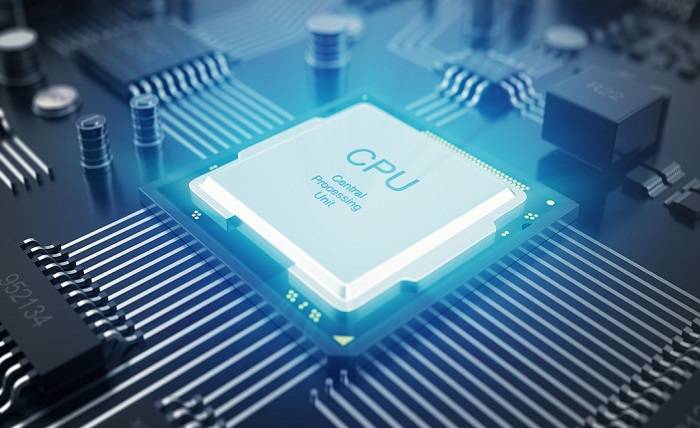
Almost every piece of modern electronics has a Central Processing Unit (CPU). These microchips carry instructions and data and run programs from memory. As such, the CPU is the brain of the device. Choosing the right CPU is crucial, so don’t skimp on it if it’s not working properly. Before you buy a new CPU, think about your needs and goals. Here are some important points to consider when choosing a CPU:
The CPU is the most important component in a computer. It’s responsible for all data processing operations and stores intermediate results and instructions. The CPU also controls all the other parts of the PC. It stores data, intermediate results, and instructions, and it supplies them to other units. The CPU is also known as the main memory or internal storage unit. All data and instructions enter and exit the CPU through the main memory, which moves data from the hard drive to the memory and back.
The CPU is a complex piece of hardware, with transistors growing in number and size. Every two years, the number of transistors on a computer chip doubles, allowing the processor to perform more tasks. Its ALU, or central processing unit, executes mathematical, logical, and decision-making operations. It stores the results of those operations in memory (known as ‘writing to memory’).
In modern “CPUs”, the core no longer comprises the entire CPU, but multiple processors on the same chip. The underlying architecture of these processors is called symmetric multi-processing (SMP) and has been in existence since the 80386 chip. The Pentium (a convenient version of 80586) and Pentium Pro (a robust variant of the P6) were the first CPUs with symmetric multi-processing architecture. Initially, the Pentium was the fastest CPU, and the Pentium Pro (P6) had dual processors and multiple cores. These processors were able to run Windows 95 and Windows 98.
The speed of a CPU is measured in cycles. Its clock speed tells how many instructions can be processed per second. Every new generation improved on this, but the clock speed of CPUs tended to plateau. This was because manufacturers were finding it more economical to improve their CPUs in other ways. Despite this, modern processors are capable of outperforming the old ones. They also feature the latest microarchitectures. The newest processors are designed to handle more data simultaneously.
Generally, a faster CPU is better for intensive tasks such as video editing, since there are multiple processes going on at once. Despite this, many PC games don’t use all of the CPU cores. A multi-core CPU is better for playing 1080p games and other demanding apps, but it doesn’t necessarily mean that you need more than four cores. Further, a multi-core CPU will allow multiple applications to run in parallel.
As you can see, AMD is a company known for overpromising but underperforming. Its FX series had a high number of cores, but had very low performance. In the past, AMD CPUs were deemed a better choice for budget users. However, in 2016, their Ryzen line of processors took the PC world by storm. It not only delivered on AMD’s promises, but surpassed Intel in almost all tests.




